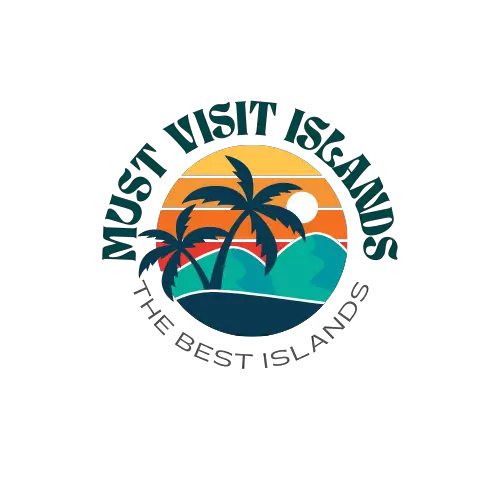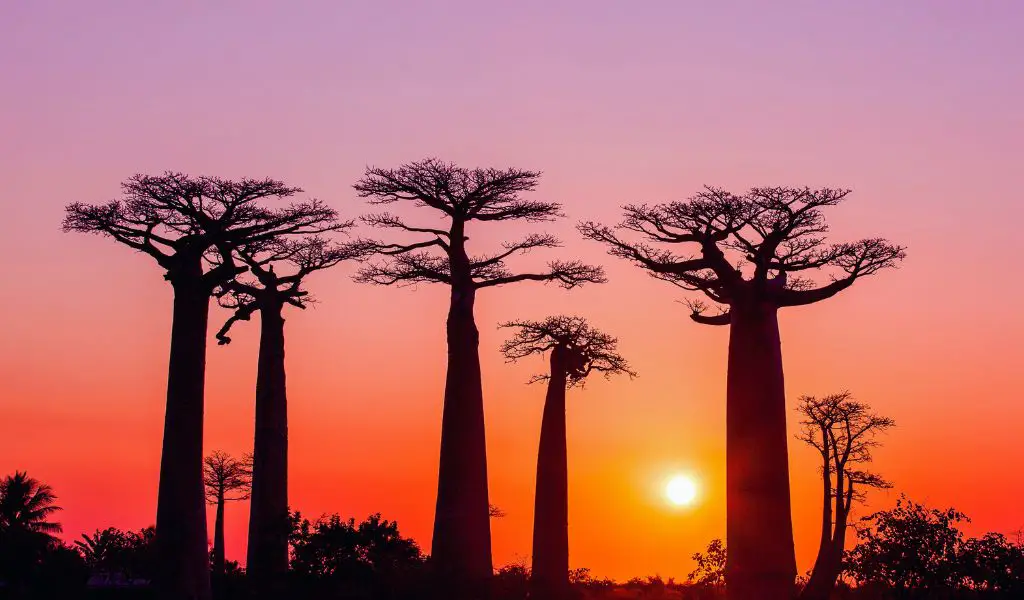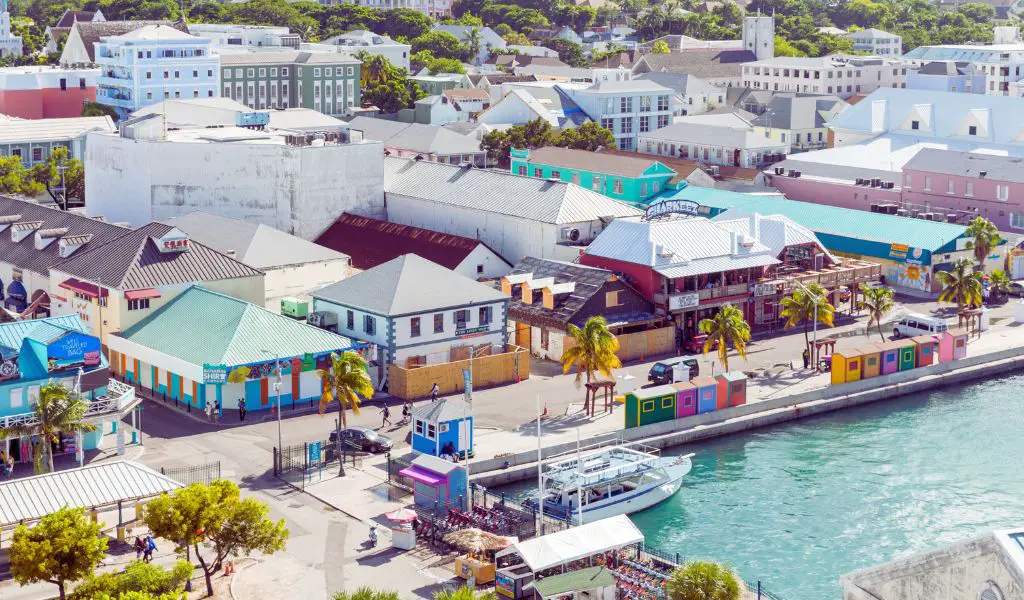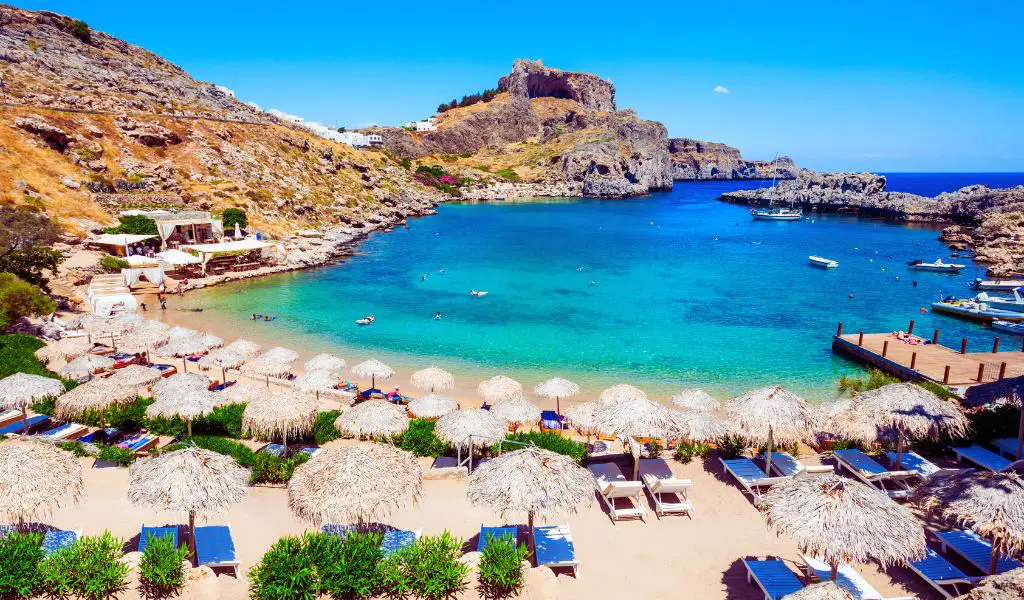Madagascar Island, located off the southeastern coast of Africa in the Indian Ocean, is a captivating destination that promises an unforgettable adventure.
With its stunning geographical features, diverse wildlife, and vibrant culture, this island offers a wealth of experiences for travelers seeking an off-the-beaten-path destination.
Geography
Madagascar Island is the world’s fourth-largest island, spanning approximately 587,041 square kilometers (226,658 square miles).
It boasts a diverse topography that ranges from breathtaking mountains and lush rainforests to sprawling savannahs and pristine coastal regions.
The island is also home to an extensive network of rivers, including the longest one, the Mangoky River.
Notable Attractions
Madagascar Island is renowned for its unparalleled biodiversity, hosting an incredible array of unique plant and animal species.
One of the island’s most iconic attractions is the Ranomafana National Park, a lush rainforest teeming with exotic flora and fauna.
Another must-visit site is the Avenue of the Baobabs, a striking landscape featuring majestic baobab trees dating back centuries.
For nature enthusiasts, the Tsingy de Bemaraha Strict Nature Reserve is a UNESCO World Heritage Site that showcases towering limestone formations, deep canyons, and hidden caves.
The stunning beaches of Nosy Be and the picturesque Isalo National Park, with its dramatic canyons and natural pools, are also popular attractions.
History
The history of Madagascar Island is rich and diverse, shaped by the migrations of various ethnic groups over centuries.
The island was initially settled by Austronesian peoples, followed by waves of Bantu, Arab, and European influences.
The Kingdom of Madagascar, established in the 18th century, saw the rise of powerful monarchies, such as the Merina Kingdom.
In the 19th century, the island became a French colony until it gained independence in 1960.
This complex history has left its mark on the island’s culture, with a fascinating blend of Malagasy, African, Asian, and European influences evident in its language, cuisine, and traditions.
Popular Activities
Madagascar Island offers a myriad of activities for adventure seekers and nature lovers.
Embark on wildlife safaris to spot lemurs, chameleons, and countless bird species in their natural habitats.
Dive into the crystal-clear waters to explore vibrant coral reefs and encounter marine life, including sea turtles and colorful fish.
Hiking enthusiasts can explore the island’s diverse landscapes, trekking through rainforests, ascending towering peaks, and discovering hidden waterfalls.
Immerse yourself in the local culture by visiting traditional villages, witnessing captivating dance performances, and savoring the flavors of Malagasy cuisine.
Population
Madagascar Island is home to a population of approximately 26 million people.

When to Go
The best time to visit Madagascar Island is during the dry season, which typically spans from April to November.
This period offers pleasant weather conditions, with less rainfall and comfortable temperatures for exploring the island’s natural wonders.
How to Get There
International travelers can reach Madagascar Island by flying into Ivato International Airport, located near the capital city, Antananarivo.
Several airlines offer regular flights to Madagascar from major cities around the world.
Once on the island, domestic flights, ferries, and road transport provide access to various destinations within Madagascar.
Highlights
Ranomafana National Park: Immerse yourself in a tropical rainforest teeming with endemic wildlife.
Avenue of the Baobabs: Witness the majestic baobab trees lining the dirt road, creating an enchanting landscape.
Tsingy de Bemaraha Strict Nature Reserve: Explore this UNESCO World Heritage Site with its unique limestone formations.
Nosy Be: Relax on pristine beaches, snorkel in crystal-clear waters, and soak up the tropical atmosphere.
Isalo National Park: Hike through canyons, swim in natural pools, and admire stunning rock formations.
What You Should Know
Currency: The official currency is the Malagasy Ariary (MGA), and it’s advisable to carry cash in smaller denominations.
Language: The official languages are Malagasy and French, with regional dialects also spoken.
Health and Safety: Consult a healthcare professional regarding recommended vaccinations and take necessary precautions against malaria and other tropical diseases.
FAQs
Are there direct flights to Madagascar Island from the United States?
Currently, there are no direct flights from the United States to Madagascar Island. Travelers from the US typically have layovers or connect through other international airports.
Are visas required to enter Madagascar Island?
Yes, visitors to Madagascar Island generally require a visa. It’s advisable to check with the nearest Malagasy embassy or consulate for specific visa requirements before your trip.
Can I swim with whale sharks in Madagascar?
Yes, Madagascar offers opportunities to swim with whale sharks. Certain areas, such as Nosy Be and Sainte Marie, are known for their whale shark sightings, particularly from November to December




